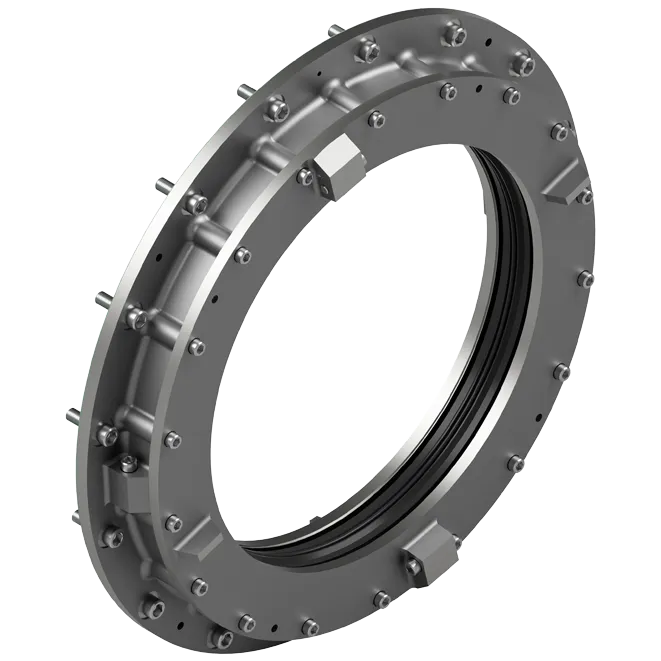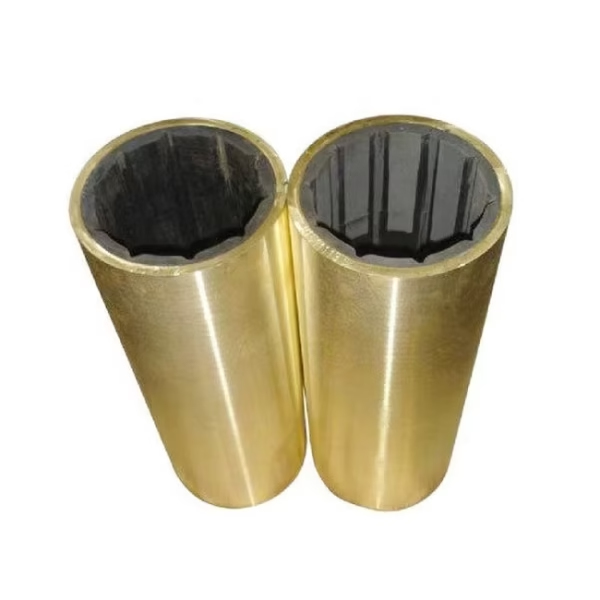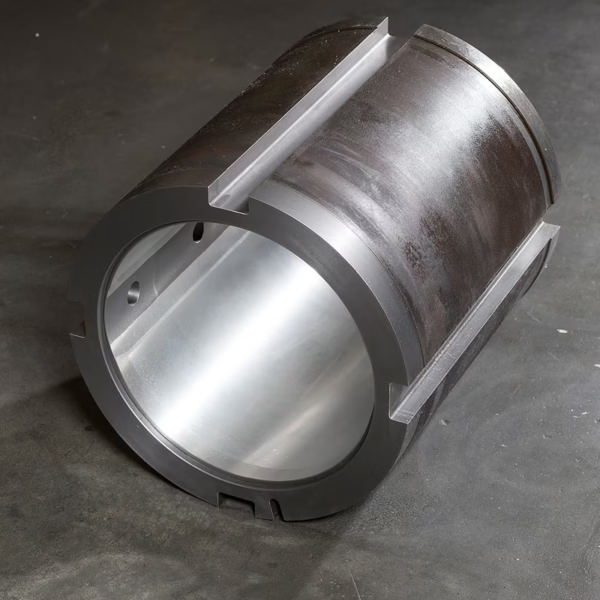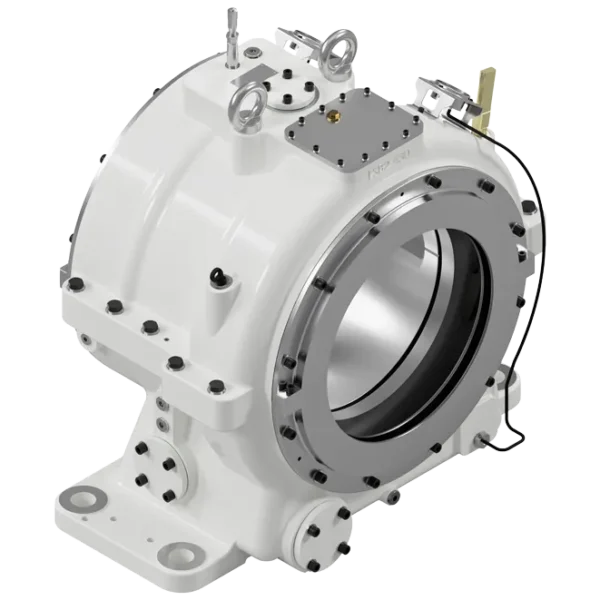Marine bulkhead sealing is a critical safety and structural feature on a vessel.1 A bulkhead is an internal wall that divides the ship into compartments. Bulkhead sealing refers to the specialized systems and materials used to maintain the watertight and fire-resistant integrity of these bulkheads wherever they are penetrated by cables, pipes, or ventilation ducts.
This process is not just about filling a gap; it’s a meticulously engineered solution that is mandated by international regulations to prevent catastrophic events at sea.
The Critical Importance of Bulkhead Sealing
Proper bulkhead sealing is fundamental to a vessel’s safety and survival for several key reasons:
- Watertight Integrity: Bulkheads are designed to contain flooding.2 In the event of a hull breach, a correctly sealed bulkhead will prevent water from spreading to adjacent compartments. This compartmentalization is vital for maintaining the vessel’s buoyancy and stability, giving the crew time to manage the situation and, most importantly, saving lives.
- Fire Safety: Many bulkheads are also fire-rated. Sealing systems act as fire stops, preventing flames, smoke, and hot gases from spreading between compartments.3 This is a key line of defense in a fire, protecting crew, passengers, and valuable cargo.
- Structural Integrity: The sealing system must maintain the structural strength of the bulkhead. A poorly sealed penetration can weaken the bulkhead, especially under the pressure of flooding or a fire.
- Regulatory Compliance: Bulkhead sealing is governed by strict international rules and standards, most notably the SOLAS (Safety of Life at Sea) Convention. Ships are required to have certified sealing systems that meet these standards.
Types of Sealing Systems
The method of sealing depends on the type of penetration. The most common and reliable systems are modular.
- Modular Cable and Pipe Transits:
- These are the industry standard for sealing multiple cables and pipes. They consist of a rigid metal frame (often welded or bolted to the bulkhead) that holds modular, split sealing blocks.
- Components:
- Frame: A rectangular or circular frame that is installed in the bulkhead.
- Sealing Blocks: Made of a fire-retardant rubber compound, these blocks are split into two halves and fitted around the cables or pipes. Unused blocks are often solid.
- Compression Unit: A mechanical system (e.g., a compression plate and bolts) is used to compress the blocks within the frame, creating a perfect seal that is both watertight and fireproof.
- Advantages: Extremely reliable, can be re-opened for adding new cables (future-proof), and certified to the highest safety standards.
- Sealing Compounds:
- For irregularly shaped or single large penetrations, a sealing compound (a fire-retardant putty or paste) can be used. It is applied around the penetration to fill the gap.
- Advantages: Flexible for non-standard openings.4
- Disadvantages: Less robust than modular systems and harder to modify.
Key Manufacturers
The market for certified marine bulkhead sealing is dominated by a few specialist companies known for their rigorous testing and product quality.
- Roxtec: A global leader and innovator in modular sealing solutions for cables and pipes. Their products are widely used in shipbuilding, offshore, and industrial applications.
- MCT Brattberg: Another major player, particularly known for its original transit sealing system, often referred to as the “Brattberg” system.
- Cablofil: A manufacturer that offers a range of cable management and sealing solutions.
Maintenance and Spares
Regular inspection and maintenance are vital to ensure the long-term effectiveness of bulkhead sealing.
- Maintenance: Bulkhead seals should be inspected during routine rounds and dry-docking. Seals must be checked for signs of damage, tampering, or improper installation. The compression units should be verified to be properly tightened.
- Common Spares:
- Spare Sealing Blocks: A stock of various sizes of sealing blocks (both full and split) is crucial for any modifications or repairs.
- Lubricant: A specialized lubricant (often supplied by the manufacturer) is used to ease installation and improve the seal’s performance.5
- Spare Compression Units: In case a compression unit is damaged or lost.
A correctly installed and maintained bulkhead sealing system is a silent, but non-negotiable, guardian of a vessel’s safety and integrity.
We offer an extensive range of marine engine brands and their associated spare parts, providing comprehensive solutions for both main propulsion and auxiliary power needs across diverse vessel types. Our supply capability covers various generations and models, ensuring support for a wide array of marine applications.
Featured Brands and Engine Series/Models:
SULZER:
- Two-Stroke Engines:
- RD/RND Series: RD68, RND76, RND76M, RND90, RND90M (Classic large-bore, low-speed engines, still in operation).
- RLA/RLB Series: RLA(B)56, RLA(B)66, RLA(B)76, RLB90 (Developed two-stroke designs).
- RTA/RT-Flex Series: RTA38, RTA48(T), RTA52, RTA58, RTA62, RTA72, RTA76, RTA84, RTA84M, RTA84C, RTA96 (Modern, fuel-efficient, electronically controlled two-stroke engines).
- Four-Stroke Engines:
- Z Series: ZL40/48, 16ZAV40S (Medium-speed engines).
- RF Series: RF44, RF56 (Often used for auxiliary power or generator sets).
- TAD Series: TAD36, TAD48 (For specific applications).
MAN (including pre and post-MAN B&W models):
- Two-Stroke Engines (KZ, KSZ, K, L, S, MC/MC-C, ME/ME-C): 40/54A, 52/90N, 57/80C, KZ57/80F, KSZ70/125, KSZ78/155, 90/160A, 52/55L, 58/64, 90/190C, L60/105E, 70/120E, 70/125C, L, KSZ78/155A, KSZ70/125B, L52/55A, 40/45 (A broad spectrum covering main propulsion and auxiliary engines).
B&W (Burmeister & Wain – prior to MAN B&W merger):
- MC/MCE Series: L35MC, L60MC, L80MC, L55GFCA, L80GFCA, L80GB, 74VT2BF, K62EF, K74EF, K84EF, K45GFC, K67GFK, K80GFK, K90GFS, 45HU, L70MC (Various generations of two-stroke diesel engines).
- MC-C/ME-C Series: L50MC, S60MC, S70MC, K80MC, S80MC, K90MC-C, L67GFCA, L90GB (Electronically controlled and conventional two-stroke engines).
- VT2BF/EF Series: 50VT2BF, 62VT2BF, K84EF (Older models still in service).
MITSUBISHI:
- UEC/UET Series: UEC37L/LA/LS, UEC45HA, UEC60L/LA/LS, UEC45L/LA/LS, UET45/75C, UEC52/125H, UEC52L/LA/LS, UET45/80D, UEC52/90D, UEC(T)52/105D, UEC45/115H, UEC37/88H, UEC37H (Mitsubishi’s proprietary two-stroke and some four-stroke engine series).
PIELSTICK:
- PA Series: PA6, PC3, PC2-2, IHI PC2-5, PC4, PC2-6, PC4-2L, PC4-570, PA5 (High-speed, compact four-stroke engines, commonly used for generator sets or auxiliary propulsion).
AKASAKA:
- UET/UEC/DM/AH Series: UET45/80D, UEC52/105D, DM51SS, UEC 60/150H, UEC 60H, A31, A34, A37, A41, AH27, AH28, AH30, AH36, AH38, AH40, DM30, DM36, DM38, DM46, DM47 (A prevalent engine brand, particularly in Japanese-built vessels).
DEUTZ:
- RBV/TBD/BVM Series: RBV8M358, RBV8M540, RBV16M640, TBD620L6, BVM350, BVM540, BF6M716 (Various four-stroke medium- and high-speed diesel engines for auxiliary and smaller main propulsion applications).
HANSHIN:
- EL/LH/LU/LUN/LUD/LUS Series: EL30, EL32, EL35, EL40, EL44, LH28RG, LH31G, LU28(A,R,G), LU32, LU35, LU38, LU46(A), LU50, LU54, LUN28, LUN30, LUD32, LUD35, LUS38 (Another significant engine brand commonly found in Japanese vessels).
NIIGATA:
- MG/M Series: MG40X(EX), M34X, 6M28BF, TM31X (Medium-speed diesel engines, typically used in small and medium-sized vessels).
MAK:
- M/MU/AK/AKM Series: M332, M453AK, MU551AK, MU552AK, M601, MU452AK, 451AK, 6M453AK, 9M453C, 6M601C, 8M601 (Medium-speed four-stroke engines, widely used in various marine applications).
WARTSILA:
- 20/22/26/32/38/46/GD/TKR Series: 22, 32, 31, 26, 20S, 28, 38, 46, 32GD, 46GD, 14, TKR22, HFR-V32, NOHAB (Wärtsilä’s broad portfolio of medium- and high-speed diesel engines for main propulsion, auxiliary, and generator sets).
DAIHATSU:
- PS/PKT/DS/DL/DK/PL Series: PS-18, PS-22, PS-20, PS-26, PS-30, PKT-14, PKT-16, PKTD-16, DS-18, DS-22, DS-26, DS-28, DS-32, DL-14, DL-16, DL-19, DL-20, DL-22, DL-24, DL-26, DK-20, PL-24 (Compact and reliable engines primarily used for auxiliary power and generator sets).
CUMMINS:
- BT/CT/NT/KTA/QSK/QSM Series: 4BT3.9, 6BT(A)5.9, 6CT8.3, NT(A)855, N14, KTA19, KTA38, KTA50, QSK19, QSM11 (Robust and durable engines for marine auxiliary power, generator sets, and some smaller main propulsion applications).
CATERPILLAR:
- 3000/3100/3300/3400/3500/3600 Series & C Series: 3054, 3056, 3066, 3106, 3126, 3306, 3406, 3408, 3412, 3508, 3512, 3516, 3606, 3608, 3612, 3616, 3618, C1.5, C2.2, C7, C9, C10, C12, C15, C16, C18, C30, C32 (Reliable and widely used engines across a vast range of main propulsion, auxiliary, and generator set applications).
SCANIA:
- DI Series: DI 09, DI 13, DI 16 (High-performance diesel engines designed for marine applications, typically used as auxiliary and smaller main propulsion engines).




